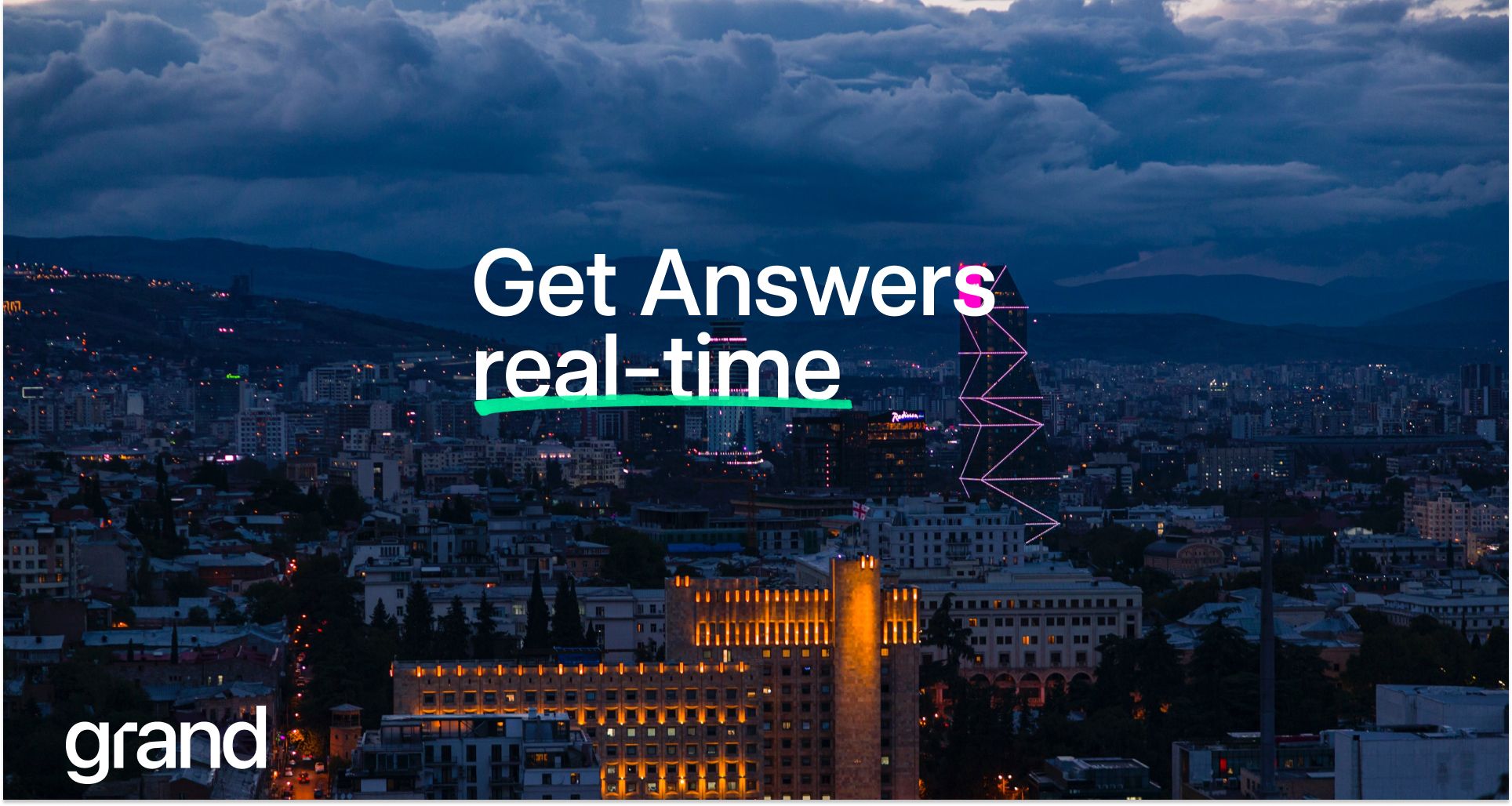GRC Framework: Improving Compliance
Our discussion delved into the complexities of implementing a robust GRC Framework in today's challenging business environment. We explored the framework's significance as a strategic asset and its core components, including governance practices, risk management, and compliance protocols.

Grand “Answer”:
A Governance, Risk, and Compliance (GRC) framework aids in improving compliance by integrating it into the organization's decision-making process[2]. This integration allows organizations to make choices that are both informed and effective [1]. Furthermore, a GRC framework enhances risk assessment and management, enabling businesses to identify potential threats [1]. It also helps in evaluating the potential impact of these threats and in developing appropriate strategies to mitigate them [1][2]. Therefore, a GRC framework plays a crucial role in improving compliance by providing a structured approach to managing risks and ensuring adherence to necessary regulations [1][2].
Source
[1]

[2]

[3]

Why a GRC Framework is Indispensable in Today's Complex Business Environment
In today's digital world, the growing sophistication of cybersecurity threats and the alarming frequency of data breaches have left businesses in a constant struggle to keep up. This is where the crucial role of a GRC Framework comes into play. Far from being a buzzword or a "nice-to-have" asset, a well-structured GRC Framework has become an operational necessity. It serves as a comprehensive strategy, allowing organizations to manage governance, risk, and compliance in a unified approach.
It also helps businesses align their security and compliance measures with their overarching business objectives. By doing so, a GRC Framework ensures that an organization doesn't merely meet regulatory requirements but thrives in today's complex business environment. Implementing a robust GRC Framework allows businesses to go beyond reactive measures to adopt a proactive approach, thus helping in the timely identification and mitigation of risks. When integrated holistically across departments, a GRC Framework fosters an organizational culture committed to governance best practices, risk management, and compliance. In this guide, we will delve deep into the multiple facets of implementing a GRC Framework, offering insights into best practices, key roles, and steps for effective execution.
Elevating the GRC Framework to a Strategic Asset: The Business Imperative
Traditionally confined to the realms of IT departments, risk management has evolved to become a strategic concern for the entire business. As organizations navigate an increasingly complex landscape, laden with regulatory requirements, cybersecurity threats, and competitive pressures, the need for a cohesive GRC Framework has become more evident. In today's dynamic business environment, a GRC Framework serves as a strategic asset, shaping how organizations set their goals, allocate resources, and execute plans. Far from being a compliance checkbox, a well-crafted GRC Framework allows organizations to align their risk management strategies with broader financial objectives, operational goals, and the company's overall risk tolerance.
It empowers businesses to transform risk management from a siloed function into an enterprise-wide initiative. This facilitates not only more effective management of risks but also optimal resource allocation, better decision-making, and ultimately, increased profitability. As a strategic asset, a GRC Framework offers a competitive edge, enabling organizations to preempt potential disruptions, adapt to market changes, and make timely decisions. It acts as a catalyst that transitions companies from a reactive posture to a proactive one, not just in terms of managing risks but also in terms of exploiting opportunities for business growth.
Core Components of a GRC Framework
Understanding the GRC Framework requires an in-depth look at its core components, which form the backbone of this essential business strategy. Contrary to the notion that a GRC Framework is a one-size-fits-all model or a fixed set of guidelines, it is, in fact, a dynamic structure that evolves with the business. It encompasses a multitude of elements including business objectives, products or services offered, operational policies, compliance requirements, workflows, third-party interactions, and a broad range of IT infrastructure elements. Each of these components contributes to the organization’s overall risk profile and governance strategy.
A well-designed GRC Framework seamlessly integrates these diverse elements, enabling organizations to manage complexity with ease. It also ensures that the various elements are not operating in silos but are aligned towards achieving common organizational goals. This level of integration is critical for maintaining a flexible framework that can adapt to changes, whether they be regulatory adjustments or market shifts. Given the multifaceted nature of modern businesses—spanning different geographies, catering to diverse customer needs, and subject to a multitude of laws and regulations—a static, rigid GRC Framework is not just insufficient; it’s a recipe for failure.
Companies that recognize the importance of having a flexible, evolving GRC Framework are better positioned to manage risks and ensure compliance. They are also more agile, able to adapt to new opportunities or challenges, thus making the GRC Framework an enabler for business success. The versatility of a well-implemented GRC Framework lies in its capability to offer actionable insights across departments, facilitating more informed decisions that align with the company’s strategic objectives and risk tolerance levels.
Mastering Risk Appetite: The Heartbeat of a GRC Framework
One of the most nuanced yet crucial aspects of a GRC Framework is understanding and managing the organization's 'risk appetite.' Risk appetite is a dynamic concept, denoting the amount of risk an organization is willing to accept to achieve its strategic objectives. It acts as the pulse or heartbeat of your GRC Framework, offering a measure of your organization’s overall risk health. Understanding risk appetite is crucial for several reasons. Firstly, it enables an organization to set realistic and achievable goals that are aligned with its risk tolerance levels. Secondly, it guides resource allocation, ensuring that efforts and investments are directed towards areas that are within the organization’s risk-bearing capacity.
Managing risk appetite is not a set-and-forget activity. It requires continuous monitoring and adjustments to account for changes in both internal and external business environments. Whether it’s a new market opportunity, a regulatory change, or an emerging cyber threat, these factors can significantly impact an organization’s risk profile and, consequently, its risk appetite. Effective communication of changes in risk appetite is crucial for aligning various departments and functions within the organization. It ensures that all teams are on the same page, working towards common objectives but within defined risk parameters.
By mastering the art of managing risk appetite, organizations can achieve a fine balance between risk and reward, thus optimizing their potential for growth while maintaining compliance and ensuring security. It allows for a proactive rather than reactive approach to risk management, making the organization more resilient and agile. A well-managed risk appetite serves as a strategic enabler, allowing organizations to seize new opportunities swiftly and respond to challenges effectively, thus making it central to the success of any GRC Framework.

The GRC Framework Implementation: Path to Robust Governance, Risk Management and Compliance
The successful implementation of a GRC Framework isn't a spontaneous occurrence but the result of meticulous planning, informed decision-making, and sustained effort. By adopting a systematic approach, organizations can ensure that their GRC Framework aligns closely with their business objectives, thereby reaping the most benefits. The first pivotal step is to identify the critical information that serves as the lifeblood of your business. Whether it's customer data, intellectual property, or financial records, knowing what to protect sets the context for your entire GRC strategy.
Next, it's crucial to pinpoint where this critical information is stored, processed, and transmitted. Given today’s complex IT ecosystems that often include a mix of on-premise servers, cloud services, and third-party vendors, having a thorough understanding of your data landscape is imperative.
Conducting a comprehensive risk assessment is the third critical step in the GRC Framework implementation journey. By identifying and assessing the vulnerabilities associated with each vital business component, organizations can determine the inherent risks. This forms the basis for exploring various control measures, whether these involve technological solutions, policy changes, or collaborations with third-party providers.
Upon implementing these control measures, organizations must then measure the residual risks—that is, the risks remaining after control measures have been applied. This exercise is not a mere formality but offers vital insights into the effectiveness of the controls, providing a roadmap for any required adjustments.
Effective documentation and risk reporting are other pillars of a robust GRC Framework. A well-maintained risk register or centralized database ensures that all processes, risks, and controls are documented. This facilitates ongoing evaluation, making it easier to adapt the GRC Framework to changing business conditions or regulatory environments. The ultimate goal is to enhance visibility through advanced reporting. By leveraging data analytics tools to create comprehensive dashboards, organizations can offer real-time insights into their risk profiles, empowering top-level management to make informed decisions based on up-to-date information.
Charting the Course Toward Organizational Resilience Through a Robust GRC Framework
The journey to implementing and managing a successful GRC Framework is not a destination but a continuous process. It requires an ongoing commitment to updating and revising your governance, risk management, and compliance strategies to adapt to both internal organizational changes and external market fluctuations. Far from being a static set of guidelines, a GRC Framework should be treated as a living, evolving strategy that adapts to new challenges and opportunities.
Implementing a GRC Framework is not just about ticking off compliance checklists or mitigating risks in isolation. It's about integrating these critical aspects into the very fabric of your organization, transforming them from standalone functions into strategic enablers for business growth. This deep integration facilitates a move from reactive strategies, often hurriedly deployed in response to challenges, to proactive strategies that are aligned with business objectives.
In a competitive marketplace, a well-orchestrated GRC Framework can serve as a significant differentiator, helping organizations gain a competitive edge. By proactively responding to challenges and seizing opportunities in line with their risk appetites, companies can not only protect their assets but also discover new avenues for growth and innovation. Therefore, understanding and implementing an all-encompassing GRC Framework isn’t just recommended; it’s imperative for sustained success.
In summary, implementing an effective GRC Framework is neither a luxury nor merely a compliance requirement—it's an operational imperative for modern organizations. Such a framework allows businesses to operate in a harmonious fashion where governance practices, risk management strategies, and compliance protocols collectively contribute to achieving business success. When executed effectively, it ensures that the organization is not just safeguarded against risks but is also positioned for sustainable growth.
By following this comprehensive guide, your organization will be better prepared to implement a GRC Framework that is both effective and tailored to your unique operational needs. The GRC Framework serves as a foundational element for business success, acting as the cornerstone for data protection, compliance, and overall organizational resilience. It requires continuous investment, periodic evaluation, and the shared responsibility of various roles within the organization to ensure its efficacy. In today’s increasingly complex business landscape, a well-crafted GRC Framework offers the structure, stability, and foresight needed for long-term resilience and growth.
Grand Answer: Your AI Partner
Designed to support compliance officers, legal counsels, and other professionals responsible for adhering to regulatory standards, Grand Answer aims to facilitate an efficient and straightforward compliance process.
Reduce your
compliance risks




